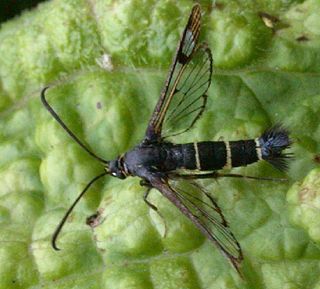
The Sesiidae or clearwing moths are a diurnal moth family in the order Lepidoptera known for their Batesian mimicry in both appearance and behaviour of various Hymenoptera.

The Hepialidae are a family of insects in the lepidopteran order. Moths of this family are often referred to as swift moths or ghost moths.

Digama is a genus of moths in the family Erebidae described by Frederic Moore in 1858. It is distributed in South Africa, China, throughout India, Sri Lanka, Myanmar and Australia.

Monoctenia smerintharia, more commonly known as the dark leaf moth, is a moth of the family Geometridae first described by Rudolf Felder and Alois Friedrich Rogenhofer in 1875. It is found in Australia. The larvae feed on the leaves of gum trees.
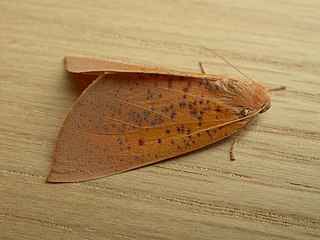
Plesanemma fucata, the lemon gum moth, is a moth of the family Geometridae. The species was first described by Rudolf Felder and Alois Friedrich Rogenhofer in 1875. It is found in the southern half of Australia.
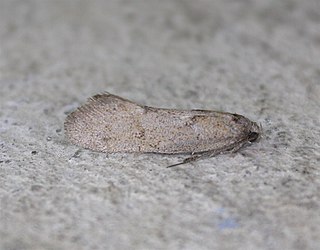
Tingena marcida is a species of moth in the family Oecophoridae. It is endemic to New Zealand.

Halone sejuncta, the variable halone, is a moth of the subfamily Arctiinae first described by Rudolf Felder and Alois Friedrich Rogenhofer in 1875. It is found in Australia in Queensland, New South Wales, the Australian Capital Territory, Victoria, Tasmania and South Australia.
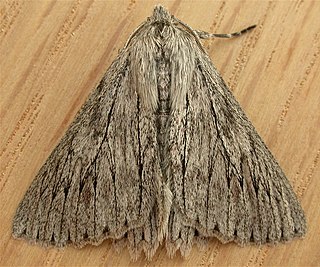
Cyneoterpna wilsoni, or Wilson's grey, is a moth of the family Geometridae first described by Rudolf Felder and Alois Friedrich Rogenhofer in 1875. It is found in the Australian states of Queensland, New South Wales, Victoria, South Australia and Tasmania.
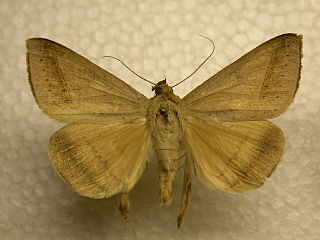
Mocis marcida, the withered mocis, is a species of moth of the family Erebidae. It is found from the coast of North Carolina to Florida, west to Texas, rarely straying northward as far as New York.

Antinephele marcida is a moth of the family Sphingidae. It was described by William Jacob Holland in 1893, and is found from forests from Cameroon to Uganda and western Kenya.

Parepisparis lutosaria, the bright twisted moth, is a species of moth of the family Geometridae first described by Rudolf Felder and Alois Friedrich Rogenhofer in 1875. It is known from the Australian states of Queensland, New South Wales and Victoria.
Emmalocera marcida is a species of snout moth in the genus Emmalocera. It is found in Australia.
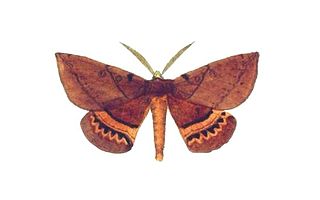
Chelepteryx chalepteryx, the white stemmed wattle moth or white-stemmed acacia moth, is a moth of the family Anthelidae. The species was first described by Rudolf Felder in 1874. It is found in Australia.
Earias flavida is a moth of the family Nolidae. It was described by Cajetan Felder in 1861. It is found from the Indo-Australian tropics of India, Sri Lanka, Sumatra and Java to Samoa and Tonga.
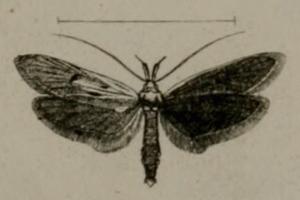
Apiletria is a moth genus in the family Autostichidae.
Apiletria asirica is a moth in the family Autostichidae. It was described by László Anthony Gozmány in 1982. It is found in Saudi Arabia.
Apiletria artaxerxes is a moth in the family Autostichidae. It was described by László Anthony Gozmány in 1965. It is found in Iran.
Apiletria tripleura is a moth in the family Autostichidae. It was described by Edward Meyrick in 1914. It is found in the western Himalayas.
Nycteola indica is a moth of the family Nolidae first described by Rudolf Felder in 1874. It is found in Sri Lanka, India, Myanmar, Borneo, and Australia.












